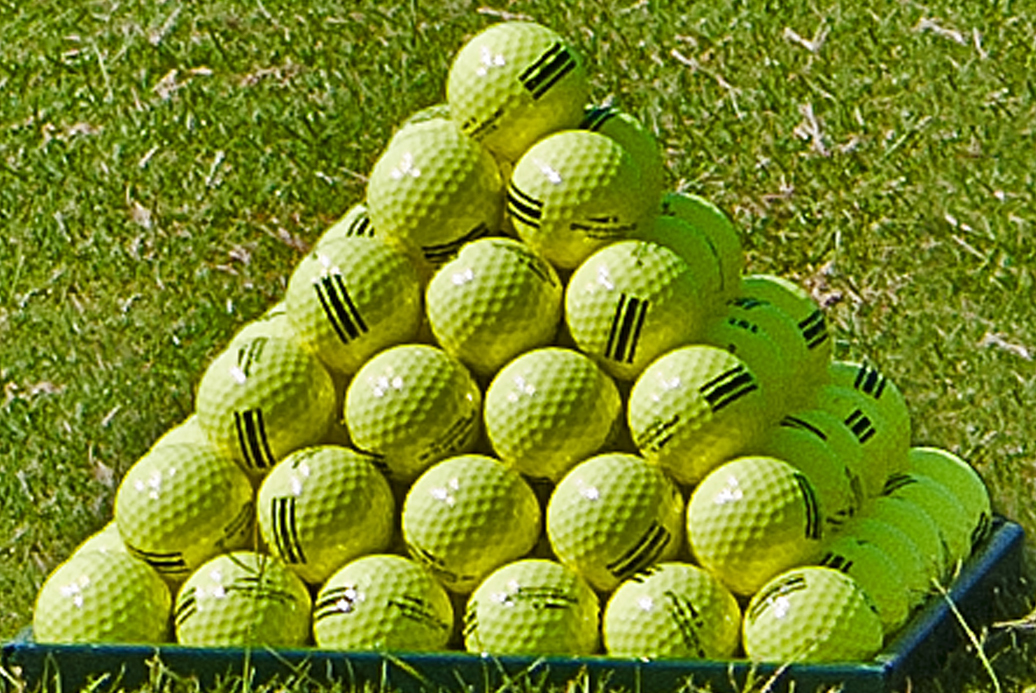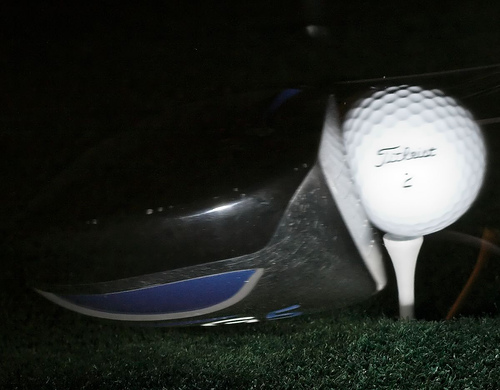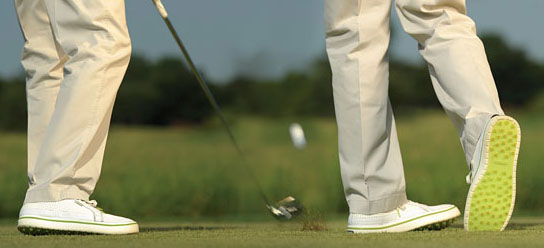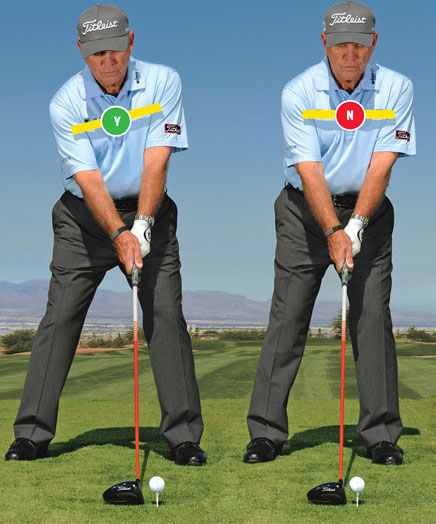Are You Guilty of Practicing Only Swing Technique?
In Technical , posted by Virginia on - Leave a comment
Are You Guilty of Practicing Only Swing Technique?
Solution: Use other types of training: competitive, routine, shot shaping, and mental skills.
There is nothing better than the feel of a well-struck shot or the sight of a drive soaring through the air. Striking the ball correctly is one of the most impressive aspects of the game, especially when you are the one doing the striking. Perhaps this is the reason for such a preoccupation with the golf swing with both players and coaches.
A constant focus on swing technique, no matter how justified it may seem will be detrimental to the overall development of your game and the ability to transfer your practice to the course.
In order to create a more seamless transfer, other types of practice must be utilised. When you go to the course, the focus is on scoring rather than swing positions (at least it should be). Other types of practice include competitive drills; performance in these has a direct correlation to performance on the course. Ideally you should do some competitive practice a few times a week and record the results so you can monitor your progress.
Routines should be considered to be part of the shot. As such they should be practiced at every session. When you practice routines, include shot visualisation, planning, focussing and creating your playing state. Development of your routines is a skill and should be treated the same as the development of any other skill.
Routines include pre-shot (assessment of lie, target, wind direction and strength), shot (walk-in, looks and waggles, etc) and post-shot (no emotional attachment to a poor shot and full emotional attachment to a great shot). Shot shaping is useful not only for developing a skill that you can use on the course, but there is an added benefit: noting the shapes that are easy or difficult to play can point to areas that need to be addressed with your swing. If one shot is difficult to hit (for example a draw), then practicing hitting the draw will positively influence your entire swing.
Mental skills including visualisation, self-talk, goal setting, state management, concentration, etc can all be practiced during any training session. There is no need to develop them in isolation, as they can all be incorporated into any practice (except perhaps for relaxation). In fact they are either developed as good habits or bad habits during your practice as you respond to good and poor shots you hit while practicing.
My Challenge to You – develop your own practice plan for a 2-hour session incorporating every type of practice.




